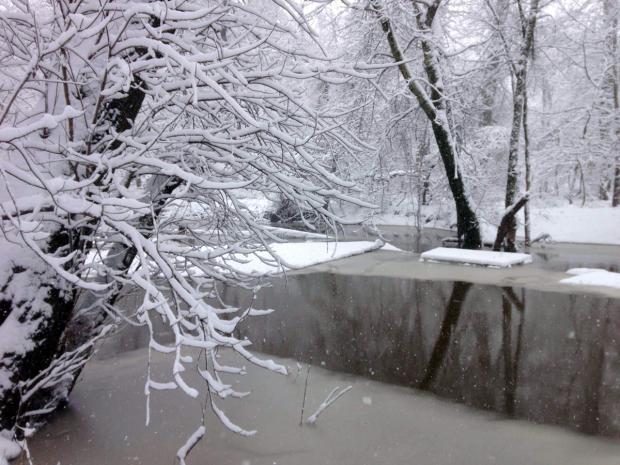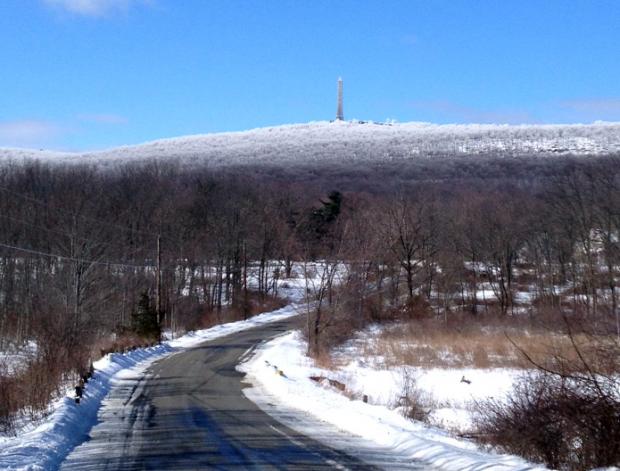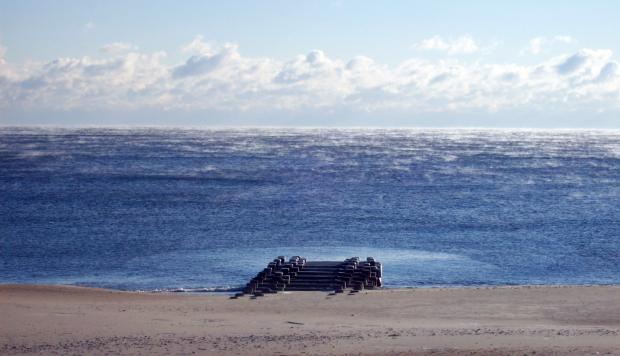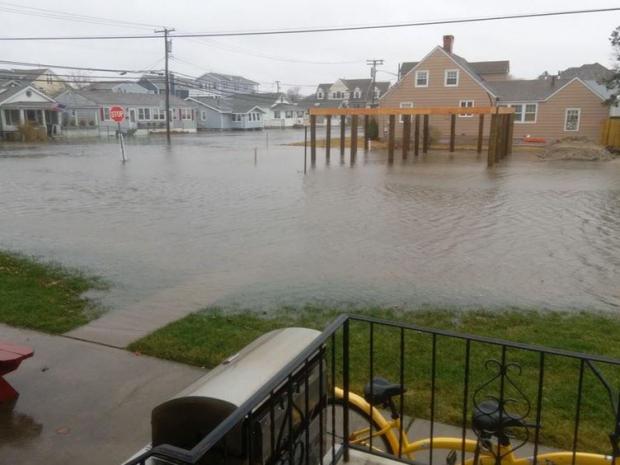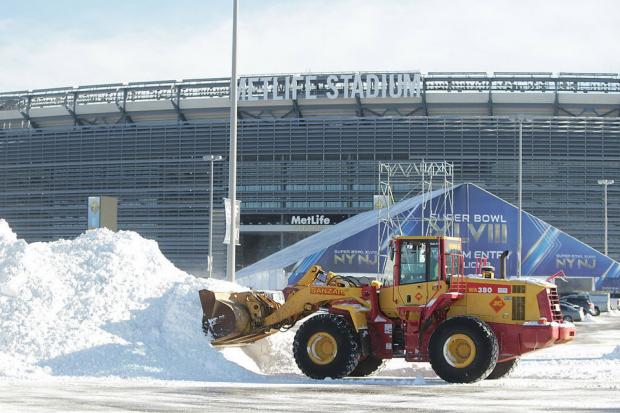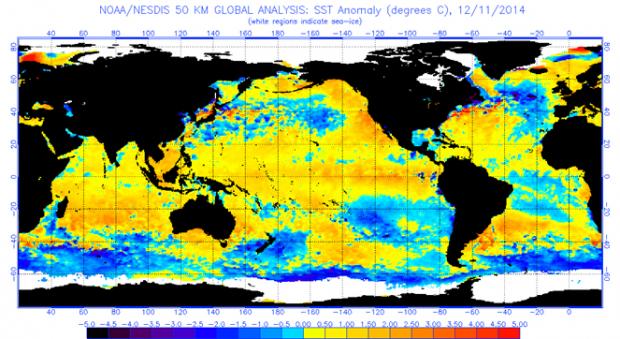Spring Arrives and Remains: April 2015 Recap
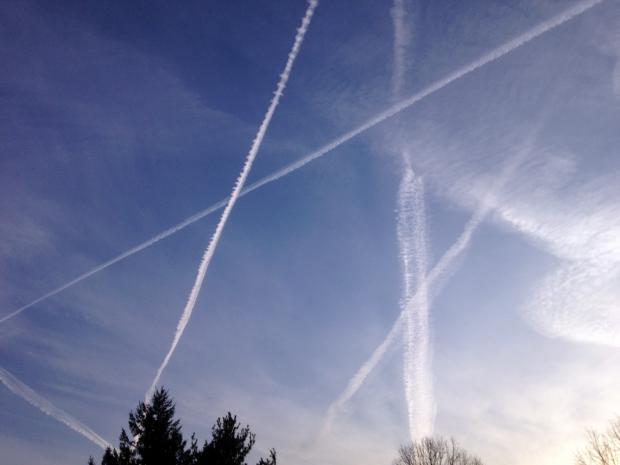
Complaints are often brought to the Office of the State Climatologist that in recent years the weather in New Jersey has quickly transitioned from winter to summer, thus leaving little time for spring weather. Of course perceptions can be deceiving, as transitional months such as April typically have widely varying weather. At least for April 2015 no protests of a missing spring are warranted, as temperatures reached into the 60°s and 70°s for several days in each week of the month, yet minimums were at times in the 20°s and 30°s throughout April. There was only one major rainfall event, but there were occasional showers. A summer-like squall roared through the state late afternoon on the 22nd, followed the next day by daytime snow flurries. Now that is spring weather!


